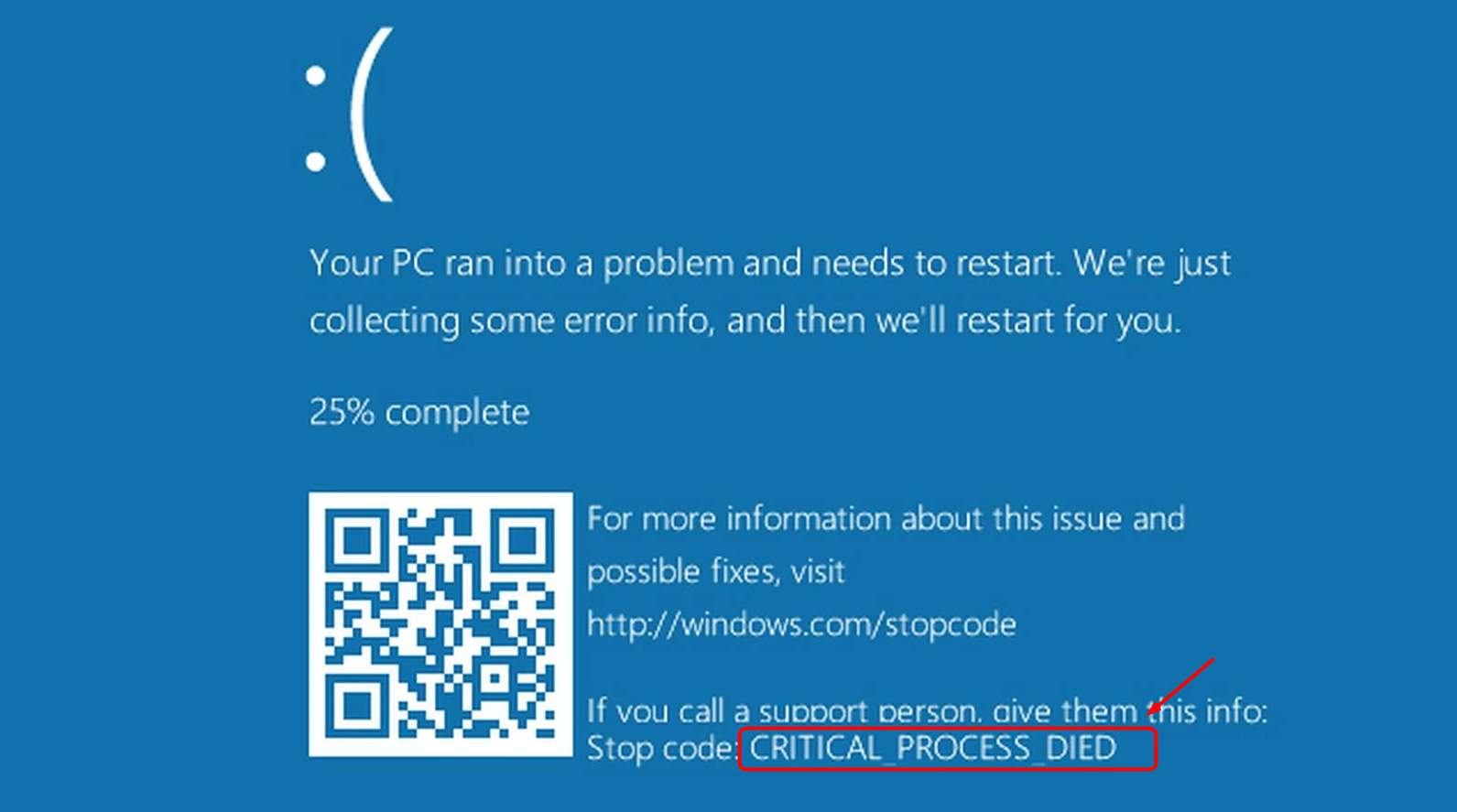
1: Check if you have enough space left
Blue Screen of Death problems and some other serious error, such as data corruption, can occur if there is not enough free space on your primary partition used for Windows operating system, which is usually installed in Disk or partition C. Windows 10 uses approximately 10 GBs of disk space, please make sure that you have enough room in your Disk C to store the setup files of Windows 10.2: Scan your computer for viruses
Make sure you have upgraded your antivirus program database to the latest version first. Then use it to scan your computer to see if there is some virus that could cause this problem. If you are not sure how to update your database of your antivirus program, it is suggested that you search for related information in the developer or manufacturer website.3: Apply all available Windows service packs and other updates
Service pack is a collection of updates and fixes, called patches, for operating system or a software program. It usually allows an easy and single installation. You could usually check your service pack in Control Panel > System. In Windows, most patches and fixes are available through Windows Update. It is suggested that you check whether your computer has installed the latest released patches in Settings > Updates & security.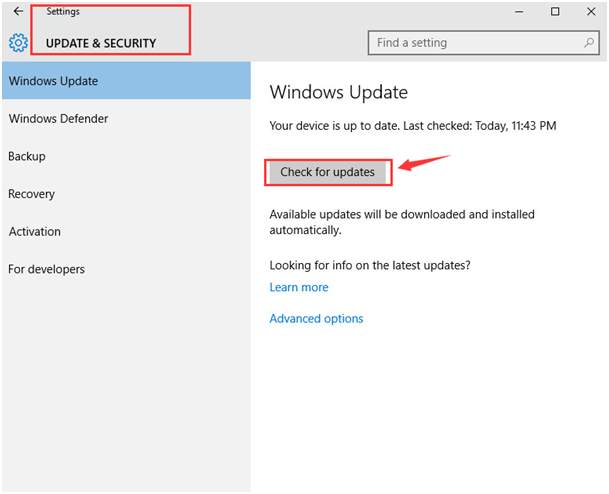 It’s also important that you keep your device drivers up-to-date. Some BSOD could be caused by faulty or outdated device drivers. To update your drivers, you can search on the manufacturer support website your PC model and see if there are updates available.
If you don’t have the time, patience or computer skills to update your drivers manually, you can do it automatically with Driver Easy.
Driver Easy will automatically recognize your system and find the correct drivers for it. You don’t need to know exactly what system your computer is running, you don’t need to risk downloading and installing the wrong driver, and you don’t need to worry about making a mistake when installing.
You can update your drivers automatically with either the FREE or the Pro version of Driver Easy. But with the Pro version it takes just 2 clicks (and you get full support and a 30-day money back guarantee):
1) Download and install Driver Easy.
2) Run Driver Easy and click Scan Now button. Driver Easy will then scan your computer and detect any problem drivers.
It’s also important that you keep your device drivers up-to-date. Some BSOD could be caused by faulty or outdated device drivers. To update your drivers, you can search on the manufacturer support website your PC model and see if there are updates available.
If you don’t have the time, patience or computer skills to update your drivers manually, you can do it automatically with Driver Easy.
Driver Easy will automatically recognize your system and find the correct drivers for it. You don’t need to know exactly what system your computer is running, you don’t need to risk downloading and installing the wrong driver, and you don’t need to worry about making a mistake when installing.
You can update your drivers automatically with either the FREE or the Pro version of Driver Easy. But with the Pro version it takes just 2 clicks (and you get full support and a 30-day money back guarantee):
1) Download and install Driver Easy.
2) Run Driver Easy and click Scan Now button. Driver Easy will then scan your computer and detect any problem drivers.
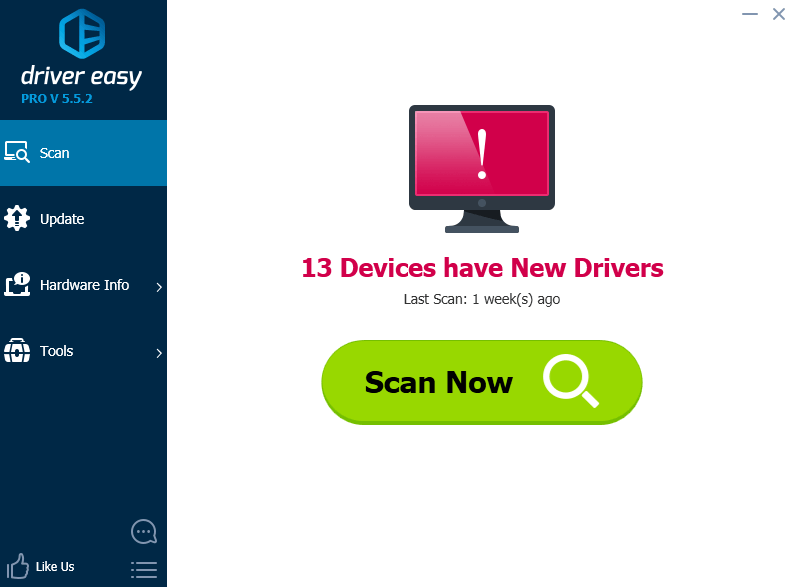
 4: Test Your System Memory and your Hard Disk Drive(HDD)
4: Test Your System Memory and your Hard Disk Drive(HDD)
These two tests are done to make sure whether your memory card or hard drive are to blame for the BSOD error. If they are problematic, you should consider replace them as soon as possible.
Test Your System Memory
1) On your keyboard, press Windows logo key and R at the same time to invoke a Run command. Type mdsched.exe in the run box and hit Enter.
and R at the same time to invoke a Run command. Type mdsched.exe in the run box and hit Enter.

2) You could choose Restart now and check for problems (recommended) to check the status of your memory card right now, or choose Check for problems the next time I start my computer if you are too occupied now.
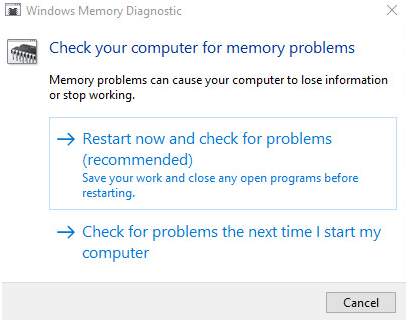
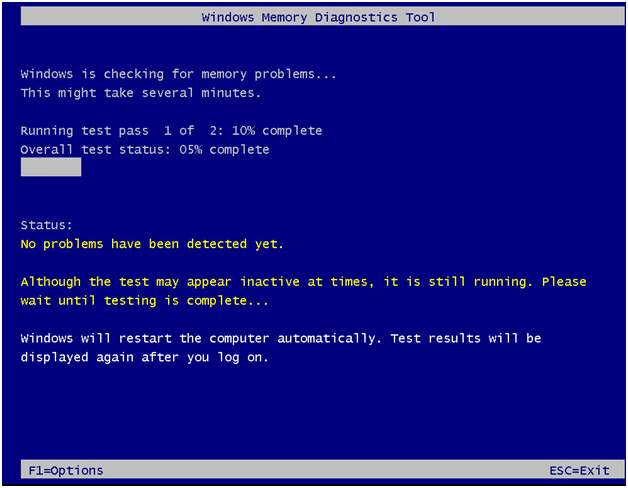
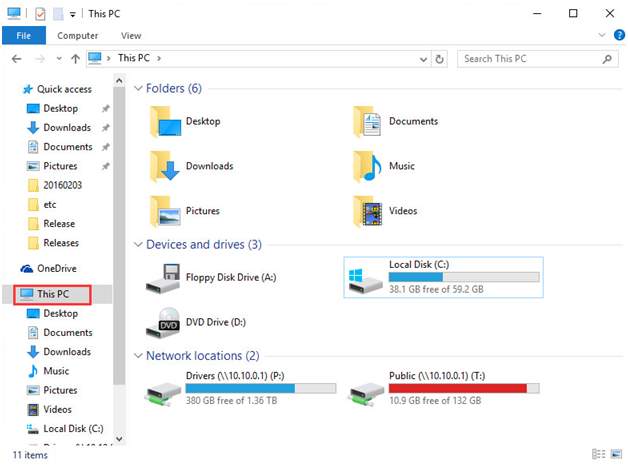 2) Locate the hard drive that you would like to check. Right click it and choose Properties.
2) Locate the hard drive that you would like to check. Right click it and choose Properties.
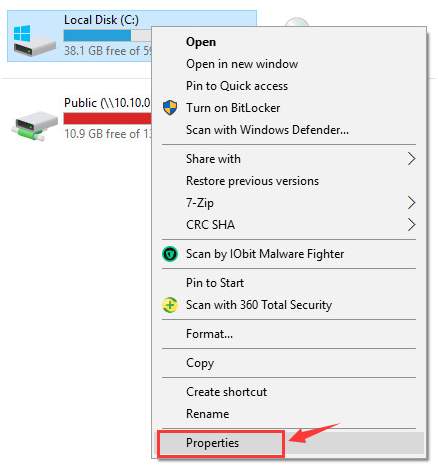 3) Go to Tools tab and then click Check option.
3) Go to Tools tab and then click Check option.
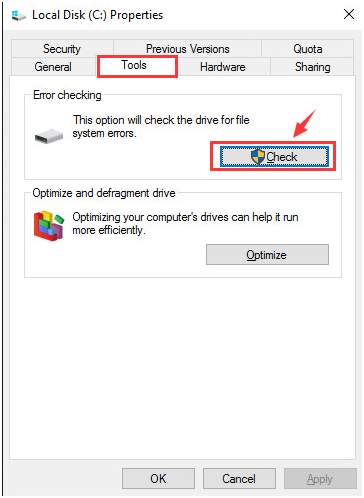 4) If your hard disk drive is problem free, you will see the notification like this:
4) If your hard disk drive is problem free, you will see the notification like this:
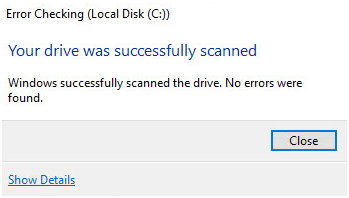 5: Roll Back Drivers in Safe Mode
5: Roll Back Drivers in Safe Mode
One of the first things you need to ask yourself is whether you have installed any new applications or drivers on your computer. If so, it is very likely that the change you made caused the BSOD.
In this case, it is suggested that you roll the newly installed driver back to its previous version. If you are not sure what changes have you made, it is suggested that you do a system restore. If you need help with system restore on Windows 10, please refer to this post here for more information.
1) Go to Safe Mode first. For more information as to how to get to Safe Mode, please refer to this post here.
2) On your keyboard, press Windows logo key and R at the same time. Then type devmgmt.msc in the run box and hit Enter.
and R at the same time. Then type devmgmt.msc in the run box and hit Enter.
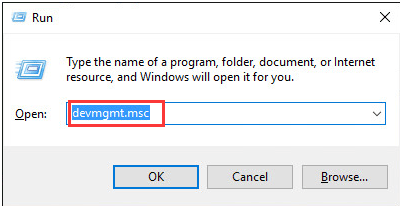 3) In Device Manager, locate the device that you would like to roll back the driver to. Right-click the device name and click Properties.
3) In Device Manager, locate the device that you would like to roll back the driver to. Right-click the device name and click Properties.
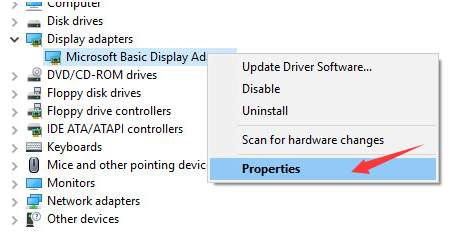 4) Go to the Driver tab, and click Roll Back Driver.
4) Go to the Driver tab, and click Roll Back Driver.
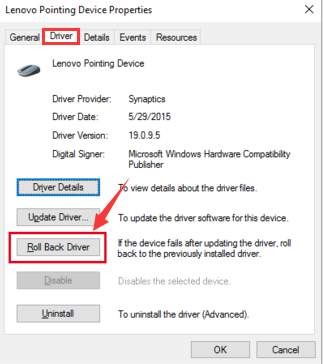 5) If the Roll Back Driver option here is grey, you will not be able to use this function. You could choose to do a System Restore instead.
5) If the Roll Back Driver option here is grey, you will not be able to use this function. You could choose to do a System Restore instead.
 If you find that your hardware is the cause of your BSOD problem, please try one of the following ideas:
If you find that your hardware is the cause of your BSOD problem, please try one of the following ideas:
- Replace the problematic hardware.
- Update the hardware’s firmware.
- Make sure that the hardware is compatible with your system and other programs in your system.
- Check the manufacturer for support information.
- Reinstall the software.
- Check for and install any available program updates.
- Check with the developer for support information.





